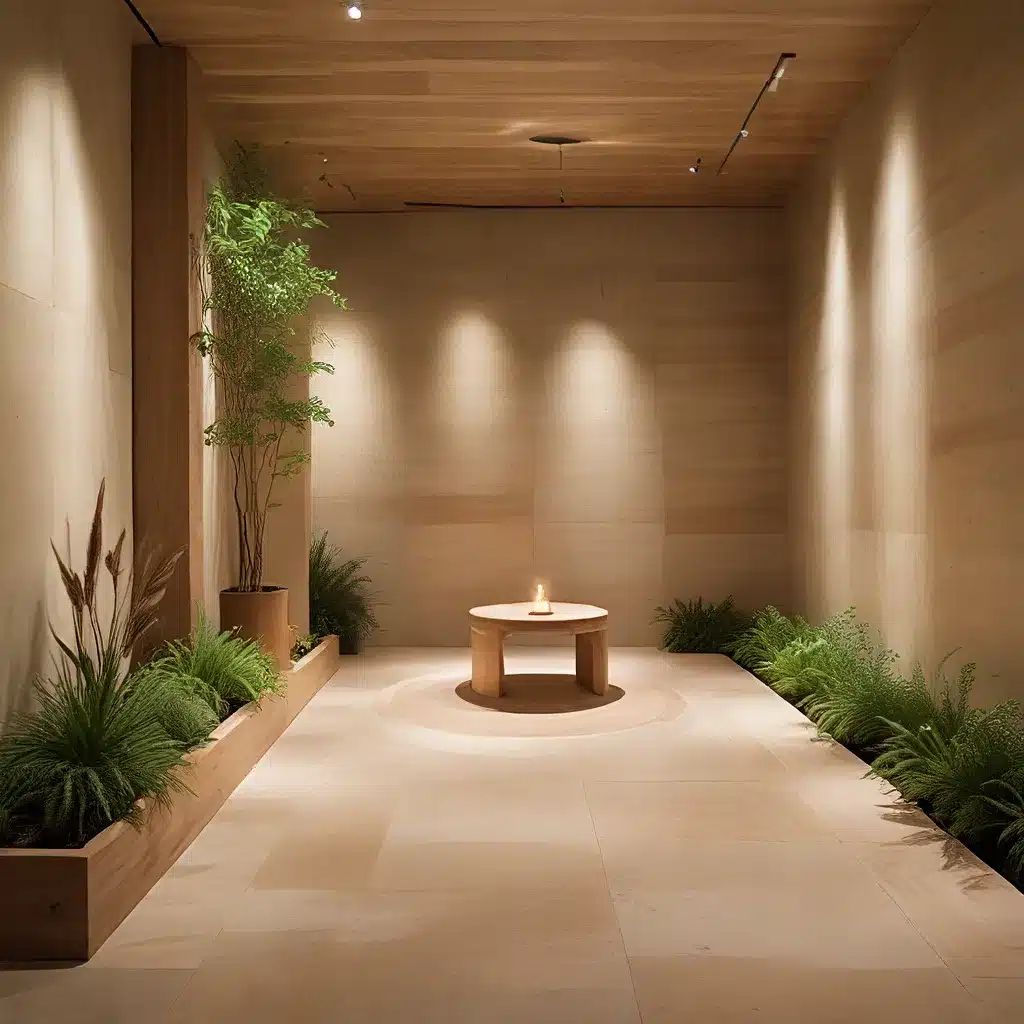
In the world of interior design, creating spaces that captivate all five senses is the ultimate goal. Sensory design has gained significant traction as homeowners and design enthusiasts seek to cultivate environments that not only look stunning but also feel, sound, smell, and even taste inviting. By thoughtfully integrating the elements that engage our senses, we can transform our living spaces into sensorial sanctuaries that nourish the mind, body, and soul.
Sight: Curating Visual Delights
The visual aspect of interior design is perhaps the most obvious, but it’s also the foundation upon which the other senses can be layered. Color, pattern, and form come together to create an environment that resonates with our emotions and preferences. Soft pastels can evoke a sense of calm, while vibrant hues inject energy into a room.
Carefully placed artwork and decor items become focal points, capturing attention and expressing the personality of the space’s inhabitants. Even in unexpected areas, such as the kitchen, the right placement and selection of art can seamlessly integrate with the scents and tastes that usually take center stage.
The interplay of natural light, artificial lighting, and shadows further enhances the visual experience, shaping the overall mood and aesthetics of the room. By considering how these elements interact, designers can craft visually stunning sanctuaries that captivate the eye and uplift the spirit.
Touch: Engaging the Tactile Senses
Texture plays a crucial role in sensory design, engaging our sense of touch and enhancing our connection with the surroundings. From plush carpets underfoot to the smooth touch of marble countertops, the tactile experience of different surfaces adds depth and character to a space.
Incorporating various textures, such as soft fabrics, rough wood, or cool metal, not only stimulates the senses but also contributes to the overall comfort and coziness of the environment. By carefully placing smooth and deep textures next to each other, designers can create a sense of breadth and even volume in the space, adding a layer of depth and dimensionality.
Thoughtful attention to the contrast of textures can elevate a room from a flat, one-dimensional space to a multisensory haven that invites visitors to reach out and explore.
Sound: Crafting Harmonious Acoustics
When designing a room, the function of the space plays a pivotal role in shaping its acoustics. It’s essential to consider the unique needs of each area and how sound will interact within it. For instance, in a dedicated music room, the focus would be on ensuring that the acoustics are optimized, allowing for clear sound without excessive reverberation.
By tailoring the acoustics to the purpose of the room, designers can ensure that the sound contributes positively to the overall ambiance and functionality of the space. The inclusion of water features, chimes, or soothing background music can further enhance the auditory experience, creating a calming and harmonious atmosphere.
Scent: Evoking Emotional Connections
Each home has a unique “house smell” – an aroma that becomes an integral part of the design, leaving a lasting impression and enhancing the overall ambiance. Scented candles, oil diffusers, and even strategic placement of fragrant plants can transform a room’s mood instantly, from creating a cozy living room with sandalwood scents to invigorating a workspace with energizing eucalyptus.
Scents hold a powerful ability to evoke memories and emotions, and by carefully curating the olfactory experience, designers can forge deep, emotional connections between the inhabitant and their environment.
Taste: Integrating Culinary Delights
While taste may not be the first sense associated with interior design, the layout and functionality of a kitchen space contribute significantly to the overall sensory experience. A well-designed kitchen that facilitates effortless cooking and social interaction can become a haven for culinary exploration and communal enjoyment.
By keeping spices and certain ingredients in accessible and functional places, designers can enhance the kitchen experience, allowing the inhabitants to fully immerse themselves in the art of cooking and entertaining.
Integrating the Senses for Holistic Design
Sensory design encapsulates the philosophy that a well-designed space goes beyond mere aesthetics – it encompasses the full spectrum of human experience. By thoughtfully considering how each sense contributes to the overall ambiance, interior designers can create spaces that are not only visually appealing but also emotionally resonant and harmoniously balanced.
The integration of sight, touch, sound, scent, and even taste can transform a room into a sanctuary that engages all five senses, providing a truly enriching and meaningful living experience. This holistic approach to design allows homeowners to fully immerse themselves in their surroundings, fostering a deeper connection with their environment and a heightened sense of well-being.
As you embark on your own interior design journey, remember to consider the multisensory experience you wish to create. By catering to the senses, you can transform your living spaces into sensorial sanctuaries that nourish the mind, body, and soul, offering a truly extraordinary and harmonious living experience.

